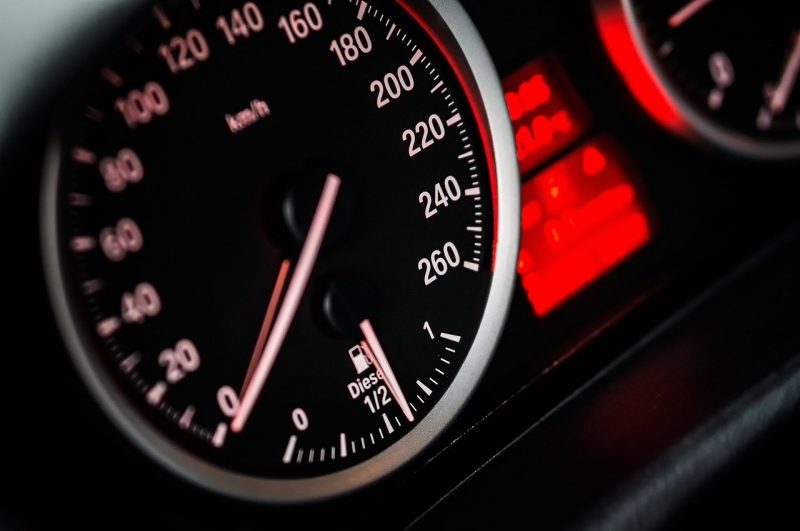A critical factor in website performance is the site’s loading time. But why is website loading time crucial? There are several reasons for it. a) Loading speed affects your ranking in search engine results with fast loading websites getting higher ranks, b) Slow loading sites have higher bounce rates with visitors abandoning sites that take more than 2 seconds to load, and c) Online buyers are impatient and expect the sites to load within a second.
Other drawbacks of a slow loading site include decreased traffic, bad initial impression, reduced conversion rate, etc. Therefore, to avoid such situations you have to take concrete steps to speed up your website loading time. There are several steps that you can take to speed up your website, of which one important step is WordPress theme customization.
Update WordPress and PHP
First and foremost, you need to update your CMS. WordPress regularly comes out with updated versions and you should immediately upgrade to it as soon as it is launched because upgraded version means enhanced performance.
Your site should have the latest 7.4 version of the PHP. The site gets a significant speed boost by simply moving to PHP 7 from PHP 5 because of improved memory optimization. It is always beneficial to adopt the latest PHP version.
Remove Unnecessary Plugins and Themes
People use various themes and plugins to customize their website and enhance its functionality. However, using too many of them could potentially slow down your website. To rectify this you would need to deactivate the ones that are no longer required. Keep your site clean by getting rid of the unwanted stuff. Uncluttered website works faster.
Minify CSS, HTML, and JavaScript
Magnification is the process of removing redundant data, such as whitespace, strips comments, combines files, etc. Codes are compressed from the original size to the minimum size, affecting how the resources are processed by the browser. Minifying CSS, HTML, and JavaScriptreduces 10% to 95% of code size, freeing up considerable space and, thereby, speeding up the website.
Enable Gzip Compression
It is the process of reducing the size of your website. By enabling Gzip compression the website data retrieval time from the server to your visitor’s browser can be substantially reduced. This means your website will load much faster. To enable Gzip compression you can either use a plugin or modify .htaccess.
Image Optimization
Though impressive images make a significant impact on the visitors, they also affect your website loading speed. Sites that are media heavy tend to suffer from this problem. Quality images and videos take longer to load and slow down your site. You can either reduce the size of the images or use an image optimization plugin to rectify this issue.
SplitLong Content into Pages
Pagination refers to dividing web content into discrete pages, thus presenting them in a limited and digestive manner. This process can be applied to the comment section, and the posts and pages on your website. You can either do it manually or through a plugin. In case of any doubt, you can take help from any WordPress web development services. By splitting the content, you can avoid the possibility of jamming your website’s bandwidth. Chances of overwhelming the visitors with excessive information get reduced. Pagination is a useful way to speed up your website.
Enable Caching
Caching is the technique of storing frequently used resources and serving them back when requested. If a requested resource is already stored in the web cache, it is directly returned instead of downloading it again from the originating server. Caching is an important optimizing technique to speed up a website. Numerous caching plugins are available in WordPress that can help you in this regard.
Lite Speed Cache is one of the best caching plugins offering image optimization, minifying CSS, JavaScript, and HTML, database cleaner and optimizer, and many more.
Using a CDN
Content Delivery Network, or CDN, is a geographically distributed network of data servers. It is primarily meant to reduce latency and speed up content delivery. Latency is the delay in data transfer after an instruction has been issued. When you enable CDN, the static content is divided among all the servers in the network, and when your web server receives a data request, it is transferred to the data server closest to the client’s location. There are different CDN providers to choose from.
Optimize Database
Useless data, such as spam comments, old drafts, etc. get stored in your database. These unnecessary data use up considerable space in the website, thus reducing its speed. Just like you uninstall unnecessary plugins, you should delete such data to minimize the database’s workload. Periodical cleaning of your database is necessary to boost your website speed.
All the above mentioned steps, along with WordPress theme customization, are necessary to speed up your website.
